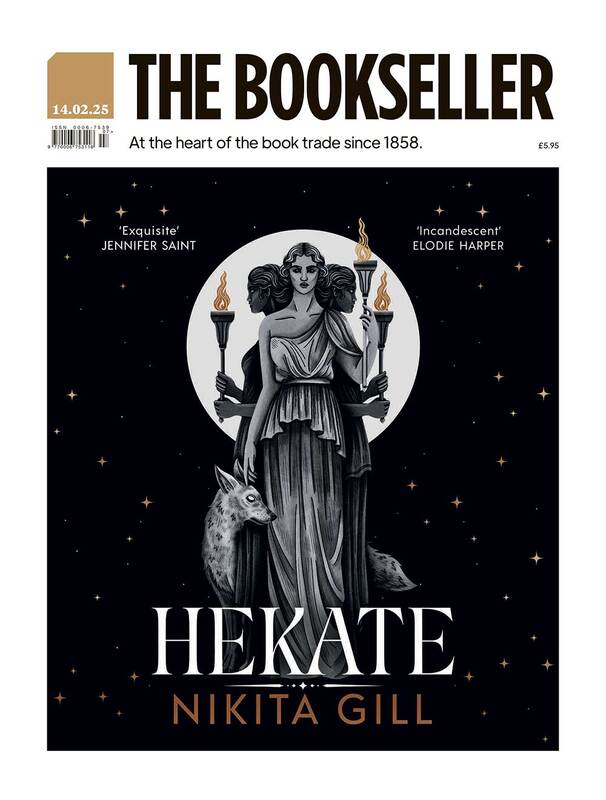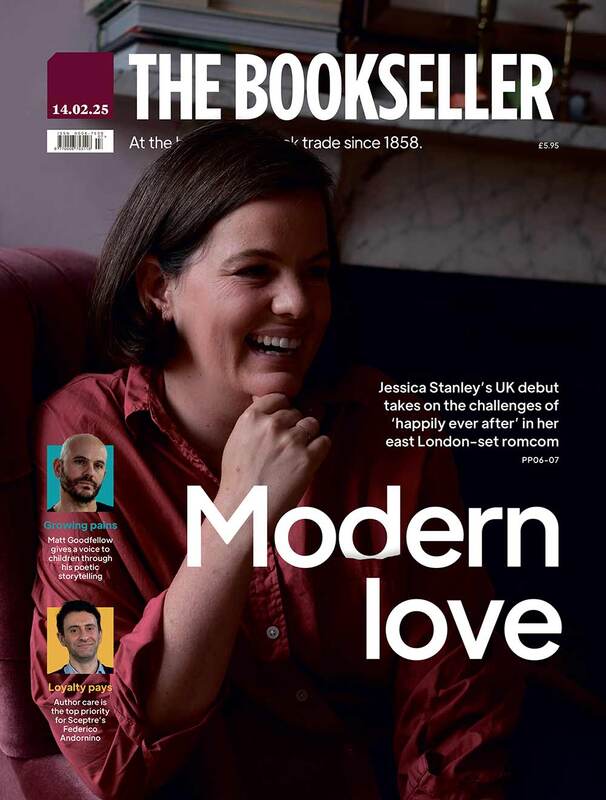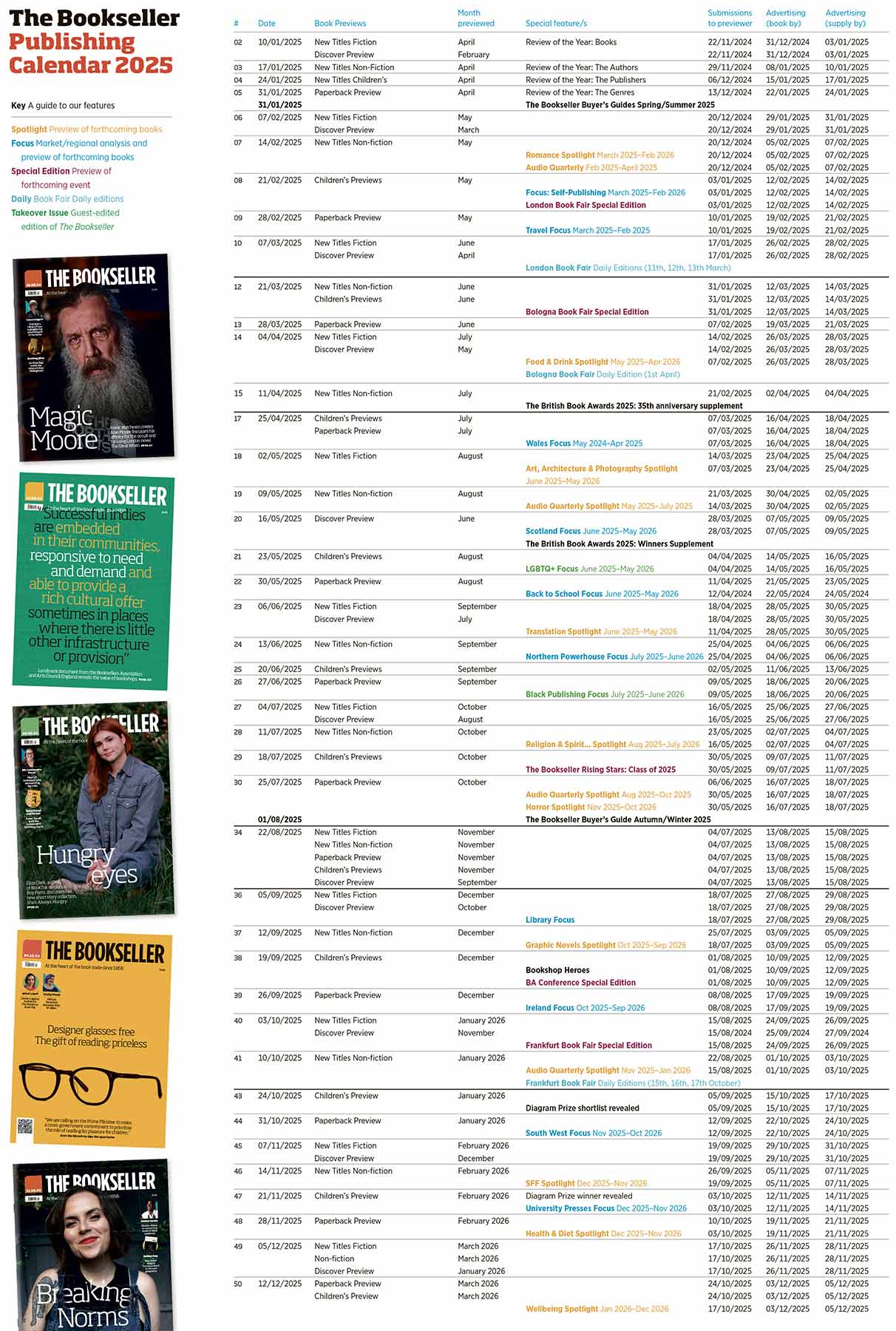You are viewing your 1 free article this month. Login to read more articles.
Vinyl and tattoos for new edition of Verne's Twenty Thousand Leagues
More often than not, when a book is described as a “work of art”, it is hyperbole. Not so with Four Corners Books’ edition of Jules Verne’s Twenty Thousand Leagues Under the Sea, which is released on Thursday (25th February).
Four Corners was founded by university friends Elinor Jansz and Richard Embray in 2004, with the intention of issuing an art book about London’s adventure playgrounds. Its art-centric list has a relatively modest output, focusing on well-crafted, affordable books. Its Familiars series pairs artists with classic texts, resuscitating and, in many respects, subverting the tradition of the illustrated novel. The 13th instalment sees Verne’s novel “illustrated” by musician Jonny Trunk’s 17-track accompaniment—the “perfect excuse to make my own sub-aquatic soundscapes. I hope the results conjure up visions through the “Nautilus” portholes and strange walking adventures along the seabed”—pressed onto a blue 12" vinyl plate, it sits in the opening sleeve of the novel, which is reproduced in full. An initial 2,000 will be printed.
The 13th instalment of the Familiars series is Jules Verne's Twenty Thousand Leagues Under the Sea.
Yet Trunk is not the only artist on display; Dalston-based tattooist Liam Sparkes created the illustrations, briefed to evoke the aesthetic of old-fashioned seafarers’ tattoos. As is to be expected, Sparkes proved himself an able letterer too, creating the title text from rope, another nod to the text’s naval theme.
The tattoo motif was instigated by John Morgan, designer of the Familiars series, along with Trunk. It sits perfectly alongside the vinyl and the nigh-150-year-old text, each component exuding a permanence, collectibility and uniqueness.
The 120-page book is saddle sewn along the margin (above left) and encased in the record sleeve, the back (above right) of which features illustrations by a tattooist alluding to the novel’s themes
The singular colour palette is tied in, too (“the colour of both a faded blue tattoo and a green-blue sea”, Morgan says), though matching the colours across the varied surfaces was tasked to series producer Martin Lee. “John specified a blue to match [the vinyl] on the uncoated text paper, and a different blue to match this was printed on the coated paper of the record sleeve,” Lee says. The novel section, printed on 60gsm stock, “was sewn on with an industrial sewing machine similar to those used for sewing cloth and leather,” Lee adds, “therefore finding a similar blue thread was straightforward”.
The typesetting is similarly impressive: Morgan, a meticulous practitioner, has applied lettering for clients ranging from the Tate to the Church of England. While not as unconventional as some previous type treatments in the series, Trunk’s vision of Verne’s text presented its own challenges. Foremost was the need for it to feel like a genuine book/record hybrid; as a consequence, a narrative that would ordinarily run to almost 300 pages had to be condensed into a form thin enough to camouflage as a record sleeve.
The text is typeset as a four-fold imposition, separately numbered, on each of the novel’s pages.
Rather than comprimising readability, Morgan’s solution was to print four “pages”, each with page numbers, of the novel per (actual) page, on thin 60gsm stock. The result is “inspired by a [printer’s] imposed sheet”, Morgan says, “but more importantly it’s an effective solution to a 12"-square page, while maintaining the sense of a novel.” The show- through from previous pages only serves to emphasise Morgan’s strict grid structure, which reverberates throughout.
The text is set in Lido, produced by the Storm Type foundry. Morgan says he “couldn’t resist this watery name...but more importantly it’s like a softer Times [New Roman]: good in small sizes and with a more ‘merry’ italic; just enough personality for the text-heavy pages”.
The economy of both type and layout is a canny method of dealing with a constrained format, pivoting it into a USP for the product. Yet as every book in the Familiars series is unique, I ask Morgan and Embray whether it is, in fact, an anti-series? “I think of them as a family, rather than a series,” Morgan replies. “While I see differences, I also see great familiarity.”
Embray expands: “We were emboldened by the example of [Dave Eggers’] McSweeney’s Quarterly Concern, which changes format for each issue; it seemed to have been one of the ways in which that publisher helped generate excitement around its new issues. While from a publishing perspective it might seem a bit foolhardy to make a series that doesn’t look alike, it gives you the chance to make each book surprising and, hopefully, exciting in a way that extends to the format.”
*Twenty Thousand Leagues Under the Sea — Colour vinyl LP/mp3 download/120pp book; 30.5cm x 30.5cm; 9781909829060; £20. Distribution: Artdata.co.uk















